Home>Furniture>Kitchen Furniture>How To Use An Indoor Grill
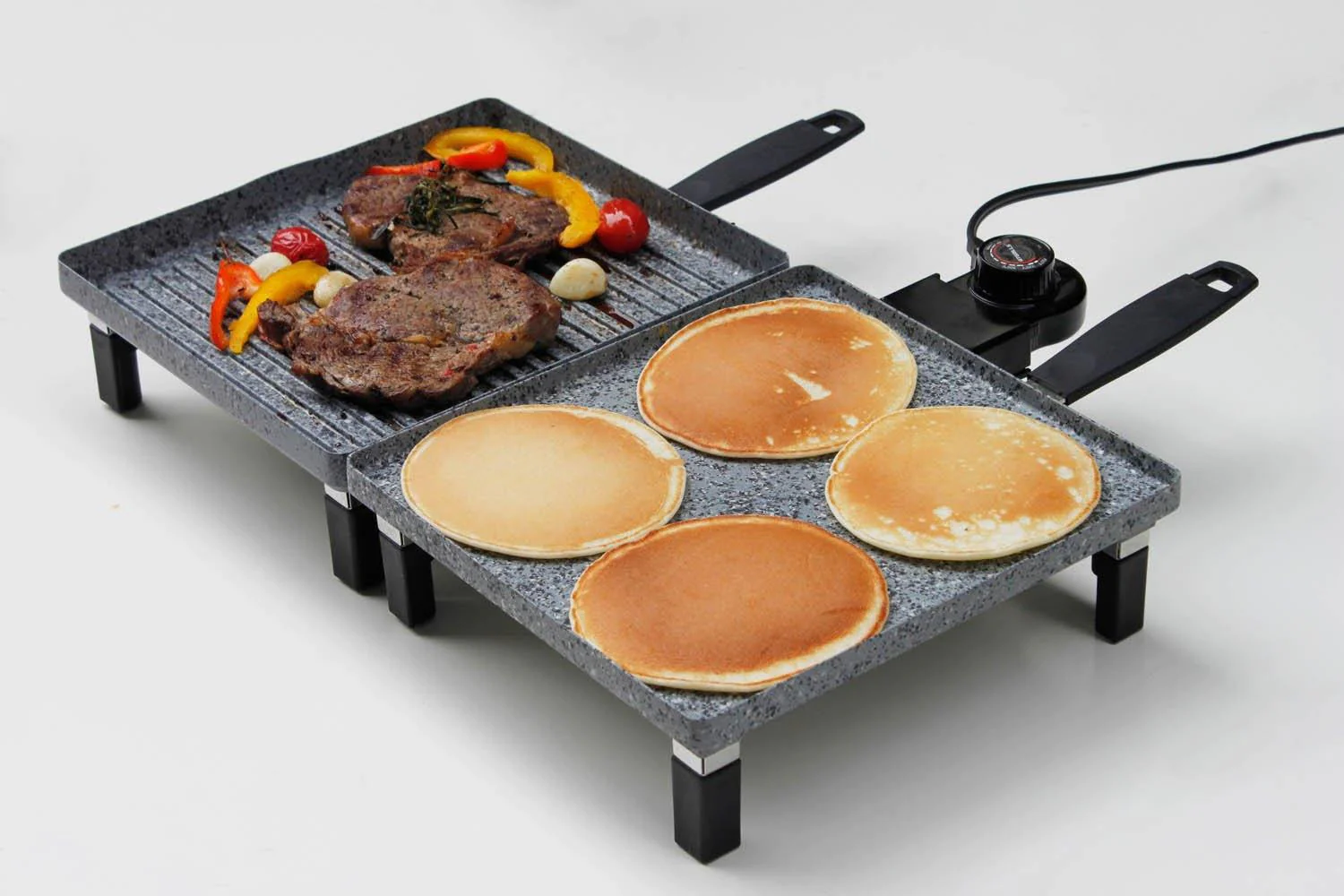

Kitchen Furniture
How To Use An Indoor Grill
Modified: August 20, 2024
Learn how to use an indoor grill with these helpful articles. Discover tips and techniques for cooking delicious meals indoors.
(Many of the links in this article redirect to a specific reviewed product. Your purchase of these products through affiliate links helps to generate commission for Storables.com, at no extra cost. Learn more)
Introduction
An indoor grill is a convenient and versatile appliance that allows you to enjoy grilled food all year round, regardless of the weather outside. Whether you have limited outdoor space, live in an apartment, or simply prefer the convenience of grilling indoors, an indoor grill is a great addition to your kitchen.
Indoor grills are designed to replicate the cooking process and flavors of traditional outdoor grilling by utilizing electric heat elements or infrared technology. They offer a wide range of benefits, including ease of use, quick and even cooking, and minimal smoke and odors.
In this article, we will explore the many benefits of using an indoor grill, provide tips on choosing the right one for your needs, guide you through the process of preparing and preheating the grill, and offer grilling techniques for optimal results. We will also discuss tips for safe indoor grilling, cleaning and maintaining your grill, and provide some delicious recipe ideas to inspire your next indoor grilling adventure.
So whether you’re a grilling enthusiast looking to expand your cooking options or someone who wants to enjoy the flavors of grilled food without the hassle of outdoor grilling, keep reading to discover everything you need to know about using an indoor grill.
Key Takeaways:
- Elevate your culinary experience with an indoor grill, enjoying year-round grilling, quick cooking, and minimal smoke. Choose the right grill, follow safe practices, and experiment with grilling techniques for optimal results.
- Embrace the versatility of indoor grilling with delicious recipe ideas, from juicy steaks to grilled fruits. Properly clean and maintain your grill to ensure longevity and top-notch performance.
Read more: How To Use An Indoor Grill
Benefits of Using an Indoor Grill
Using an indoor grill offers a plethora of advantages that make it a popular choice among home cooks. Here are some of the key benefits:
- Convenience: One of the main advantages of using an indoor grill is the convenience it provides. Unlike outdoor grilling, you don’t have to worry about weather conditions or outdoor space limitations. You can simply set up the grill on your countertop or tabletop and start grilling whenever you want, regardless of the time of year.
- Year-Round Grilling: With an indoor grill, you can enjoy the flavors of grilled food no matter the season. Rain or shine, summer or winter, you can satisfy your cravings for perfectly grilled steaks, burgers, vegetables, and more.
- Quick and Even Cooking: Indoor grills are known for their efficiency in cooking food quickly and evenly. They are equipped with heat elements or infrared technology that distribute heat evenly across the cooking surface, resulting in perfectly cooked food every time.
- Control over Cooking Temperature: Indoor grills typically offer adjustable temperature controls, allowing you to have precise control over the cooking temperature. This is especially useful when grilling different types of food that require specific cooking temperatures to achieve optimal results.
- Healthier Cooking: Grilling is often associated with healthier cooking because it allows excess fats to drip away from the food. Indoor grills usually have a drip tray that collects the fat, leading to reduced calories and healthier meals.
- Minimal Smoke and Odors: While outdoor grilling can sometimes produce thick smoke and strong odors that can linger in your clothes and surroundings, indoor grills are designed to minimize smoke and odors. They often come with a built-in fan or ventilation system that helps filter out smoke and reduce lingering smells.
- Versatility: Indoor grills are not limited to just grilling steaks and burgers. Many models come with interchangeable plates that allow you to not only grill but also cook a variety of other dishes such as paninis, sandwiches, and even pancakes. This versatility makes indoor grills a versatile and multifunctional cooking tool.
With all these benefits, it’s clear why using an indoor grill is a popular choice for many home cooks. It offers convenience, year-round grilling, quick and even cooking, control over temperature, healthier cooking, minimal smoke and odors, and versatility in the types of dishes you can prepare. So why wait? It’s time to bring the joys of grilling indoors and elevate your culinary experience.
Choosing the Right Indoor Grill
When it comes to choosing the right indoor grill for your needs, there are several factors to consider. Here are some key points to keep in mind:
- Type of Indoor Grill: There are different types of indoor grills available, including electric grills and infrared grills. Electric grills use heated coils or plates to cook food, while infrared grills use infrared heat to achieve high temperatures quickly. Consider which type suits your cooking preferences and budget.
- Cooking Surface: The cooking surface of the grill is an important factor to consider. Look for a grill with a non-stick surface that is easy to clean and ensures that the food doesn’t stick. Additionally, consider the size of the cooking surface and whether it can accommodate the amount of food you typically grill.
- Temperature Control: Ensure that the grill you choose has adjustable temperature controls that allow you to customize the heat level according to the type of food you are grilling. This will ensure that you have precise control over the cooking process.
- Size and Portability: Consider the size of the indoor grill and whether it fits well in your kitchen or storage space. If you have limited space, look for a compact grill that is easy to store. If you plan on taking the grill on the go or using it in different locations, consider a portable option with a lightweight design.
- Features and Accessories: Take a look at the additional features and accessories that come with the grill. This could include a drip tray for collecting excess fat, a removable grill plate for easier cleaning, or interchangeable cooking plates for versatile cooking options. Determine which features are important to you and choose a grill that offers them.
- Budget: Set a budget for your indoor grill purchase and look for options within that price range. Indoor grills can vary greatly in price, so it’s important to find one that meets your needs while staying within your budget.
- Read Reviews: Before making a decision, read online reviews and customer feedback to gather insights about the performance, reliability, and durability of the grill. This will give you a better understanding of how the grill performs in real-life situations.
By considering these factors, you can ensure that you choose the right indoor grill that suits your cooking style, budget, and space requirements. It’s important to take your time, do your research, and make an informed decision to ensure that you get the most out of your indoor grilling experience.
Preparing the Indoor Grill
Before you start grilling on your indoor grill, it’s important to properly prepare it to ensure optimal cooking results. Here’s a step-by-step guide on how to prepare your indoor grill:
- Read the Manual: Start by reading the instruction manual that comes with your indoor grill. This will provide you with important information on how to assemble, use, and maintain the grill properly.
- Wash the Grill Plates: If the grill plates are removable, wash them with warm, soapy water before using them for the first time. This will remove any manufacturing residue and ensure that the plates are clean and ready to use.
- Preheat the Grill: Preheating the grill is crucial to ensure even cooking and to prevent food from sticking to the grill plates. Turn on the grill and set it to the desired temperature, allowing it to preheat for a few minutes. This will also help to burn off any residue from the manufacturing process.
- Season the Grill Plates (if necessary): Some indoor grills may require seasoning the grill plates to create a non-stick surface. Check the manufacturer’s instructions to see if this step is necessary. If so, lightly coat the grill plates with a small amount of cooking oil and use a paper towel to evenly spread it. Heat the grill for a few minutes to allow the oil to absorb into the plates.
- Brush the Grill Plates: After preheating, use a grill brush or a damp cloth to brush or wipe the grill plates, removing any leftover residue or debris. This will ensure a clean and sanitary cooking surface.
- Apply Cooking Spray (optional): If desired, you can spray a light coat of cooking spray on the grill plates to further prevent sticking. However, be cautious not to overspray, as excessive oil can cause flare-ups or smoke during cooking.
- Place the Food: Once the grill is prepared, place the food on the cooking surface, taking care not to overcrowd the grill. Leave enough space between the food items for proper airflow and even cooking.
By following these steps, you will ensure that your indoor grill is properly prepared before you start grilling. This will result in improved cooking performance, easier cleaning, and delicious grilled dishes with minimal sticking. Remember to follow the manufacturer’s instructions for your specific indoor grill model, as different grills may have slightly different preparation steps.
Tips for Safe Indoor Grilling
Indoor grilling offers a convenient and enjoyable cooking experience, but it’s important to prioritize safety when using your indoor grill. Here are some essential tips to ensure safe indoor grilling:
- Read and Follow the Instructions: Start by carefully reading the instruction manual that comes with your indoor grill. Familiarize yourself with the safety guidelines and operating instructions provided by the manufacturer.
- Use the Grill in a Well-Ventilated Area: Indoor grilling can produce smoke and odors, so it’s important to use the grill in a well-ventilated area. Open a window, turn on the ventilation fan, or use an overhead exhaust fan to ensure proper airflow and reduce the chances of triggering smoke alarms.
- Keep the Grill Stable and Level: Ensure that your indoor grill is placed on a stable, level surface to prevent it from tipping over during use. Avoid placing it near the edge of the countertop or any other precarious position.
- Keep Flammable Objects Away: Keep flammable objects, such as curtains, paper towels, and plastic containers, away from the grill during operation. This will minimize the risk of accidental fires or melting.
- Never Leave the Grill Unattended: When using your indoor grill, never leave it unattended. Stay in the kitchen and keep an eye on the cooking process to prevent any mishaps or emergencies.
- Use Heat-Resistant Gloves or Utensils: To protect your hands and prevent burns, use heat-resistant gloves or utensils when handling the grill, adjusting the controls, or flipping the food. This will ensure safe and comfortable handling of hot surfaces and accessories.
- Avoid Overcrowding: Avoid overcrowding the grill with too much food at once. Overcrowding can lead to uneven cooking and increase the risk of flare-ups. Leave enough space between the food items to allow for proper heat circulation.
- Monitor Cooking Progress: Keep a close eye on the cooking progress of your food. Adjust the temperature if necessary and flip the food at the appropriate time to ensure even cooking. This will prevent overcooking or burning of the food.
- Properly Dispose of Grease and Drippings: Indoor grills often come with a drip tray to collect excess fat and drippings. Make sure to regularly empty and clean the tray to prevent buildup and reduce the risk of grease fires.
- Allow the Grill to Cool Down: After grilling, allow the grill to cool down completely before cleaning or storing it. This will prevent accidental burns and ensure safe handling.
By following these tips, you can ensure a safe indoor grilling experience for yourself and your loved ones. Always prioritize safety, exercise caution, and use common sense when operating your indoor grill. With proper precautions in place, you can enjoy delicious grilled meals without compromising on safety.
Preheat the indoor grill for at least 10 minutes before cooking to ensure even heat distribution and to create those perfect grill marks on your food.
Preheating the Indoor Grill
Properly preheating your indoor grill is an essential step to ensure optimal cooking results. Preheating allows the grill to reach the desired temperature and ensures that your food cooks evenly. Here are some steps to follow when preheating your indoor grill:
- Clean the Grill: Before preheating, make sure that the grill plates are clean and free from any residue or debris. This will help prevent any unwanted flavors and ensure a sanitary cooking surface.
- Plug in the Grill: Ensure that your indoor grill is properly plugged into a functioning electrical outlet. Check that the power cord is in good condition without any frays or damage.
- Preheat Time: The preheat time for your indoor grill may vary depending on the model and the desired cooking temperature. Consult the instruction manual for recommended preheat times specific to your grill.
- Temperature Settings: Set the temperature on your grill to the desired level for your recipe. Most indoor grills have adjustable temperature controls that allow you to customize the heat setting according to your cooking needs.
- Waiting for Indicator Lights: Many indoor grills come equipped with indicator lights that signal when the grill has reached the desired temperature. Wait for the indicator light to turn on, indicating that the grill is preheated and ready for use.
- Heating Time: It is recommended to preheat the indoor grill for several minutes, typically around 5 to 10 minutes, to ensure that the grill plates are evenly heated. This will help achieve consistent cooking results.
- Monitor Temperature: While the grill is preheating, monitor the temperature to ensure it remains steady. Keep an eye on the indicator light or use a separate oven thermometer to check the temperature if your grill doesn’t have a built-in indicator.
- Test with Water Droplets: For an additional check, you can also sprinkle a few drops of water onto the preheated grill plates. If the droplets sizzle and evaporate rapidly, it’s a good indication that the grill is hot enough for cooking.
- Adjust as Needed: If you find that the grill is not reaching the desired temperature or if the cooking surface appears unevenly heated, refer to the instruction manual for troubleshooting or consider contacting the manufacturer for assistance.
Proper preheating is an important step to ensure that your indoor grill is ready for cooking. By following these steps, you can ensure that your grill reaches the desired temperature and provides you with consistent and delicious results every time you cook.
Grilling Techniques for Optimal Results
To achieve the best results when using your indoor grill, it’s important to employ proper grilling techniques. These techniques will help enhance the flavor, texture, and presentation of your grilled dishes. Here are some key grilling techniques to consider:
- Preparation is Key: Before grilling, ensure that your food is properly prepared. Marinate meats, season vegetables, and preheat your ingredients as needed. This will enhance the flavors and contribute to more delicious results.
- Oil the Grill Plates: To prevent food from sticking, lightly brush or spray the grill plates with cooking oil before placing your food on them. This will also help create attractive grill marks on your food.
- Use High Heat for Searing: For meats that require a nice sear, such as steaks or burgers, preheat your indoor grill to a high temperature. Searing helps lock in the juices and creates a flavorful crust on the outside.
- Adjust Heat for Different Foods: Different foods require different cooking temperatures. Learn to adjust the temperature of your grill based on what you are cooking. For delicate items like fish or vegetables, lower the heat to prevent them from burning.
- Timing is Key: Keep a close eye on the cooking time and avoid overcooking. Grilled foods can cook quickly, so it’s best to stay nearby and monitor the progress to ensure that your food reaches the desired level of doneness without becoming dry or charred.
- Flip Carefully: When it’s time to flip your food, use tongs or a spatula and flip it gently to prevent sticking or breaking. Avoid pressing down on the food too much, as this can release the juices and result in dryer meat.
- Keep the Grill Closed: While cooking, try to resist the temptation of constantly opening the grill lid. Opening the lid frequently can cause fluctuations in temperature and extend the cooking time.
- Basting and Brushing: For added flavor and moisture, consider basting or brushing your food with marinades, sauces, or melted butter during the grilling process. This will infuse the food with delicious flavors and help prevent it from drying out.
- Rest Your Food: After grilling, allow your food to rest for a few minutes before serving. This allows the juices to redistribute evenly, resulting in more tender and juicy meat.
- Experiment and Have Fun: Don’t be afraid to experiment with different flavors, marinades, and types of food on your indoor grill. Try grilling fruits, cheese, or even pizza for a unique twist. Grilling should be a fun and creative cooking experience!
By utilizing these grilling techniques, you can achieve optimal results and create delectable grilled dishes with your indoor grill. Remember to practice and experiment to find the perfect balance of flavors and cooking times that suit your preferences. Happy grilling!
Cleaning and Maintaining the Indoor Grill
Proper cleaning and maintenance of your indoor grill are crucial not only for hygiene but also for prolonging its lifespan and ensuring optimal performance. Here are some important tips to help you clean and maintain your indoor grill:
- Cooling Down: After using your indoor grill, allow it to cool down completely before cleaning. This will prevent any accidental burns and make the cleaning process safer and more efficient.
- Unplug the Grill: Before cleaning, always unplug the grill from the electrical outlet to ensure safety.
- Remove the Grill Plates: Most indoor grills have removable grill plates. Take out the plates and wash them separately to ensure a thorough cleaning. Refer to the manufacturer’s instructions on how to properly remove and clean them.
- Wash the Grill Plates: Wash the grill plates with warm, soapy water using a soft sponge or cloth. Avoid using abrasive materials that can damage the non-stick coating. Rinse thoroughly and let dry completely before placing them back in the grill.
- Clean the Exterior: Wipe down the exterior surfaces of the grill with a damp cloth. Use a mild detergent if necessary, but avoid excessive moisture that can damage the electrical components.
- Empty and Clean the Drip Tray: If your indoor grill has a drip tray to collect excess fat and drippings, remove and empty it after each use. Wash the drip tray with warm, soapy water and dry it thoroughly before reinserting it into the grill.
- Clear Food Debris: Use a brush or soft cloth to remove any remaining food debris or residue from the grill plates and the grill’s interior. Be gentle to avoid scratching the surfaces.
- Regular Maintenance: Regularly inspect your indoor grill for any signs of wear or damage. Check the power cord, control knobs, and other components to ensure they are in good condition. If you notice any issues, contact the manufacturer or a professional for assistance.
- Store Properly: When not in use, store your indoor grill in a clean and dry location. Keep it protected from dust and moisture to prevent rusting or damage.
- Follow Manufacturer’s Guidance: Always refer to the specific cleaning and maintenance instructions provided by the manufacturer of your indoor grill. They may have additional recommendations or specific cleaning products that are safe to use.
By following these cleaning and maintenance tips, you can ensure that your indoor grill remains in top condition and delivers excellent grilling results for years to come. Regular cleaning and proper maintenance will not only keep your grill hygienic but also contribute to its longevity and optimize its functionality.
Indoor Grill Recipe Ideas
The indoor grill opens up a world of culinary possibilities, allowing you to create delicious and flavorful dishes right in the comfort of your kitchen. Here are some mouthwatering recipe ideas that you can try on your indoor grill:
- Grilled Steak: Season your favorite cut of steak with salt, pepper, and your choice of spices. Preheat your indoor grill to high heat and cook the steak to your desired level of doneness, flipping it once halfway through. Let it rest before slicing for juicy and tender results.
- Grilled Chicken Skewers: Marinate chunks of chicken in a mixture of olive oil, lemon juice, garlic, and herbs. Thread the chicken onto skewers and grill on medium-high heat until cooked through and slightly charred. Serve with your favorite dipping sauce.
- Grilled Shrimp Tacos: Season shrimp with chili powder, cumin, garlic powder, and lime juice. Skewer the shrimp and grill until cooked and slightly charred. Serve in warm tortillas with avocado, salsa, and a squeeze of lime.
- Grilled Portobello Mushrooms: Brush portobello mushroom caps with a mixture of olive oil, balsamic vinegar, garlic, and herbs. Grill on medium heat until tender and slightly caramelized. Top with melted cheese and use them as a flavorful vegetarian burger alternative.
- Grilled Vegetable Medley: Cut a variety of vegetables, such as bell peppers, zucchini, eggplant, and onion, into bite-sized pieces. Toss them with olive oil, balsamic vinegar, and your preferred seasonings. Grill until tender and lightly charred, turning occasionally.
- Grilled Pineapple with Cinnamon: Slice fresh pineapple and dust lightly with ground cinnamon. Grill over medium heat until caramelized and slightly charred. Serve as a sweet and tangy dessert or as a topping for ice cream or yogurt.
- Grilled Halloumi Cheese: Slice halloumi cheese and grill on medium heat until browned and slightly crispy on the outside. Serve as a delicious appetizer or add it to salads and sandwiches for a unique twist.
- Grilled Pizza: Instead of baking, try grilling your pizza for a crispy crust and smoky flavor. Roll out pizza dough, brush it with olive oil, and grill on medium-high heat until cooked and charred. Top with your favorite sauce, cheese, and toppings.
- Grilled Fruit Kabobs: Skewer a mix of fruits, such as pineapple chunks, strawberries, and peaches. Grill on medium heat until the fruits are slightly caramelized. Serve with a drizzle of honey and a sprinkle of cinnamon for a delightful dessert option.
- Grilled Corn on the Cob: Peel back the husks but leave them attached. Remove the silks and brush the corn with butter or a seasoned spread. Grill on medium heat, turning occasionally, until the corn is tender and lightly charred.
These are just a few ideas to get you started, but the options are endless. Use your indoor grill to explore different flavors and experiment with your favorite ingredients. Whether it’s meats, vegetables, fruits, or even pizza, the indoor grill offers a versatile cooking method that will elevate your dishes and delight your taste buds.
Read more: How To Clean An Indoor Grill
Conclusion
The indoor grill is a fantastic appliance that brings the joy of outdoor grilling into the convenience of your own kitchen. With its numerous benefits, such as year-round grilling, quick and even cooking, and minimal smoke and odors, an indoor grill is a valuable addition to any home cook’s arsenal.
Choosing the right indoor grill is important, considering factors such as the type of grill, the cooking surface, temperature control, size, and budget. By selecting the grill that suits your needs, you can enjoy the ultimate grilling experience.
Before using your indoor grill, ensure that it is properly prepared by cleaning the grill plates, preheating the grill, and brushing the plates with cooking oil. This will help prevent food from sticking and ensure even cooking.
While grilling on your indoor grill, it is essential to follow safe practices, such as grilling in a well-ventilated area, keeping the grill stable, and never leaving it unattended. These precautions will ensure a safe and enjoyable grilling experience.
To achieve optimal results, employ grilling techniques such as proper food preparation, temperature control, flipping with care, and experimenting with flavors. These techniques will help you create mouthwatering dishes with beautiful grill marks.
Cleaning and maintaining your indoor grill is crucial in maintaining its performance and prolonging its lifespan. Regularly clean the grill plates, empty and clean the drip tray, and inspect the grill for any signs of wear or damage. Following the manufacturer’s guidelines will help you keep your indoor grill in top condition.
Lastly, let your culinary creativity shine with a variety of recipes tailored for your indoor grill. From juicy steaks to grilled vegetables and irresistible desserts, the indoor grill offers endless possibilities to satisfy your taste buds.
In conclusion, the indoor grill is a versatile and convenient appliance that allows you to enjoy the flavors of grilling all year round. With proper care, technique, and recipe inspiration, your indoor grill will become your go-to cooking companion, elevating your meals and bringing joy to your kitchen.
Frequently Asked Questions about How To Use An Indoor Grill
Was this page helpful?
At Storables.com, we guarantee accurate and reliable information. Our content, validated by Expert Board Contributors, is crafted following stringent Editorial Policies. We're committed to providing you with well-researched, expert-backed insights for all your informational needs.
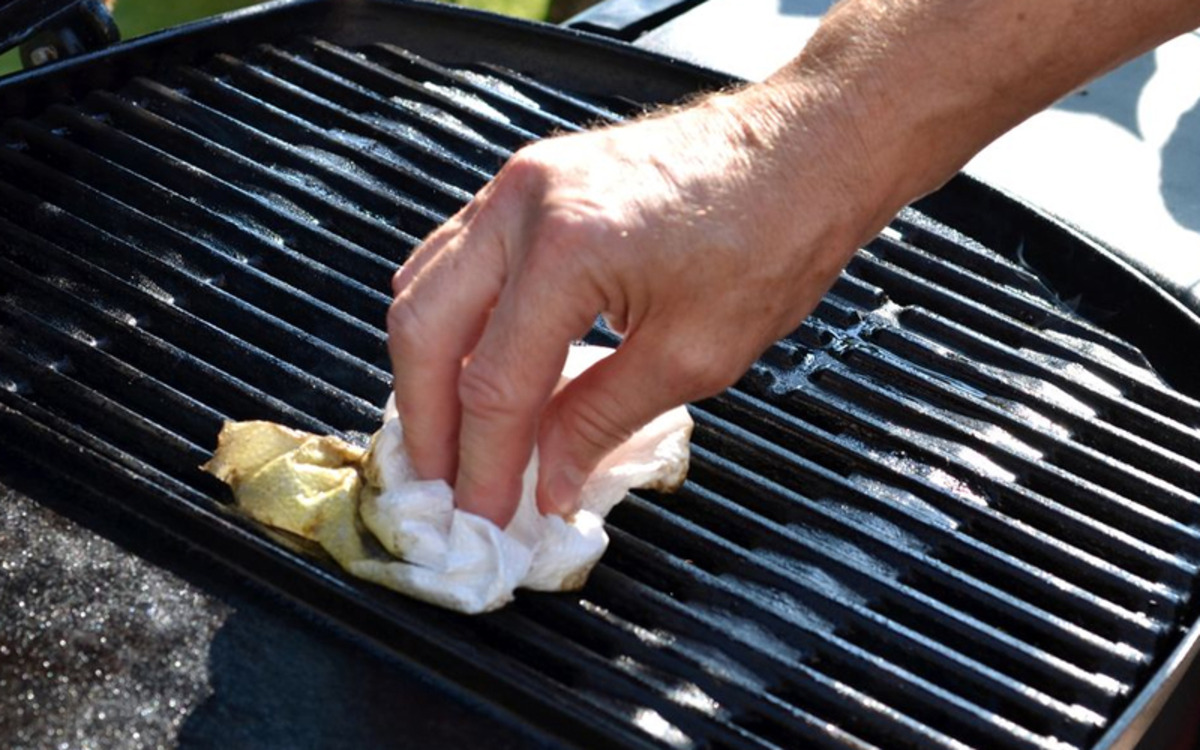
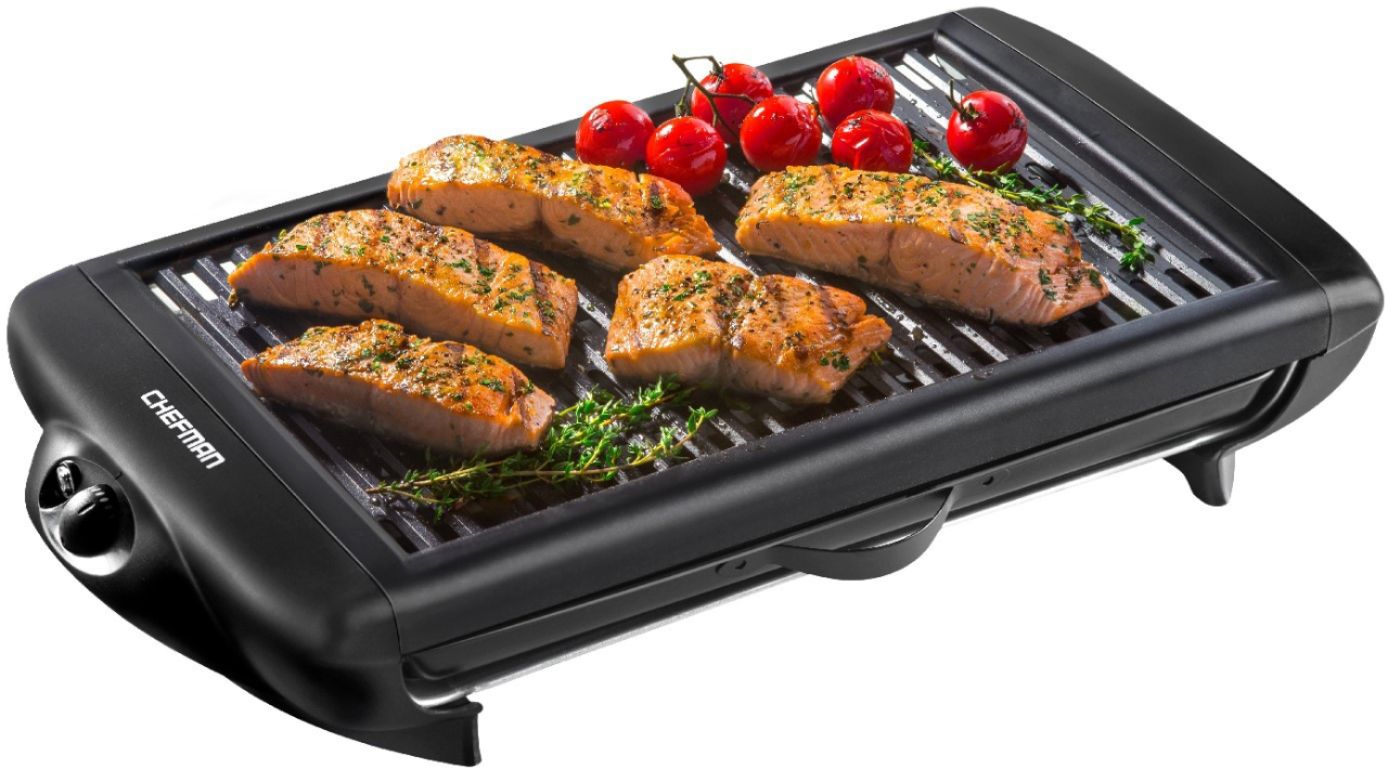
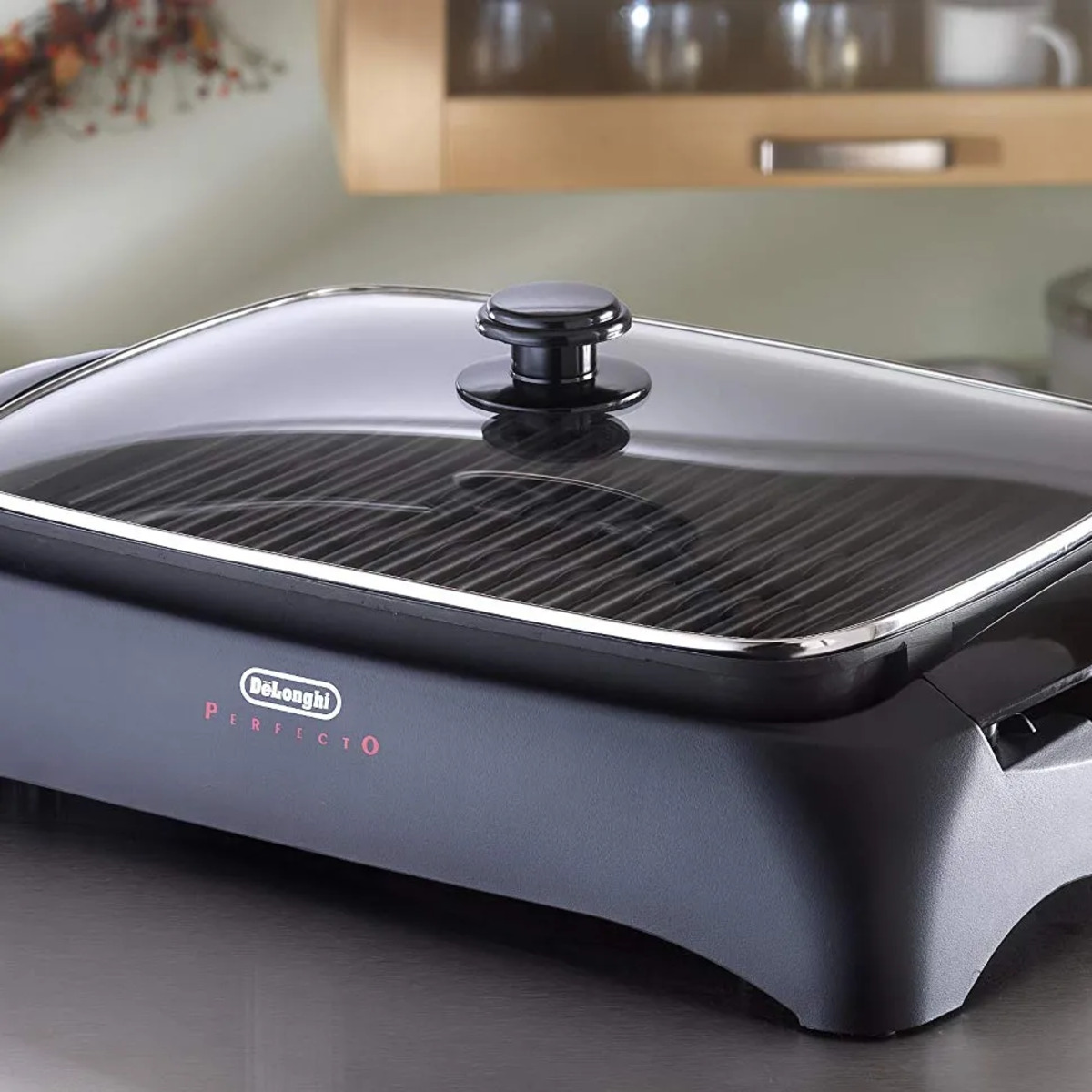
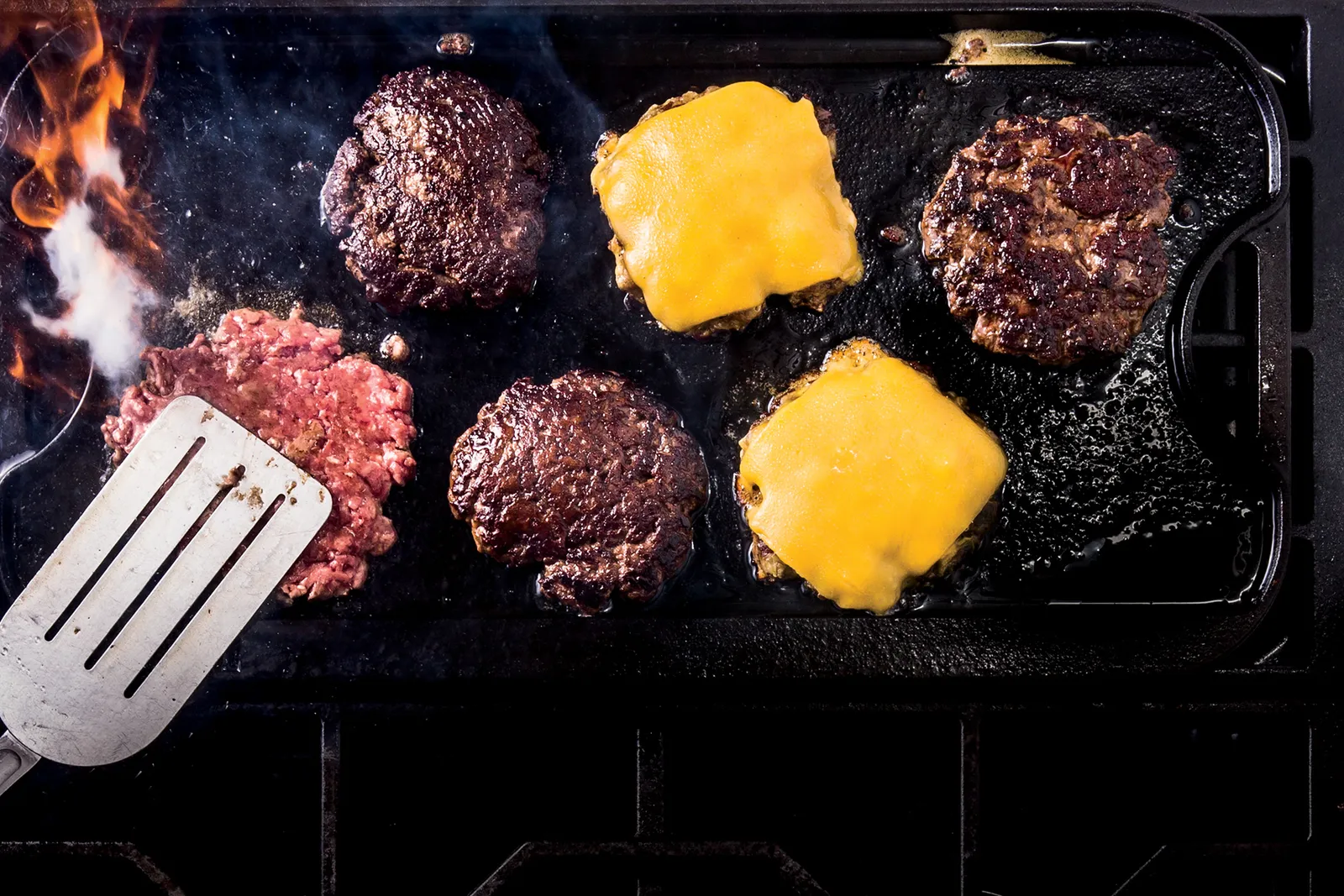
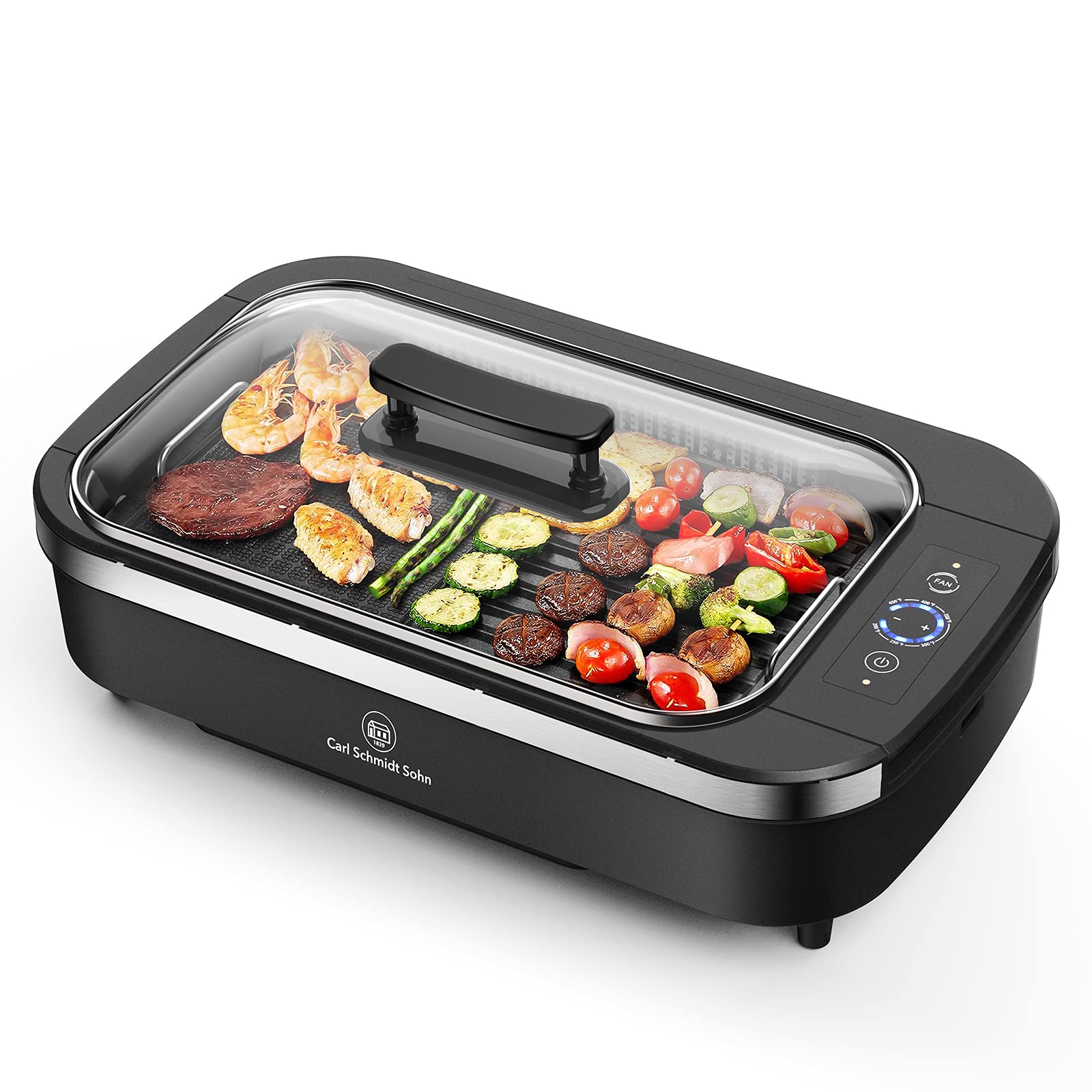
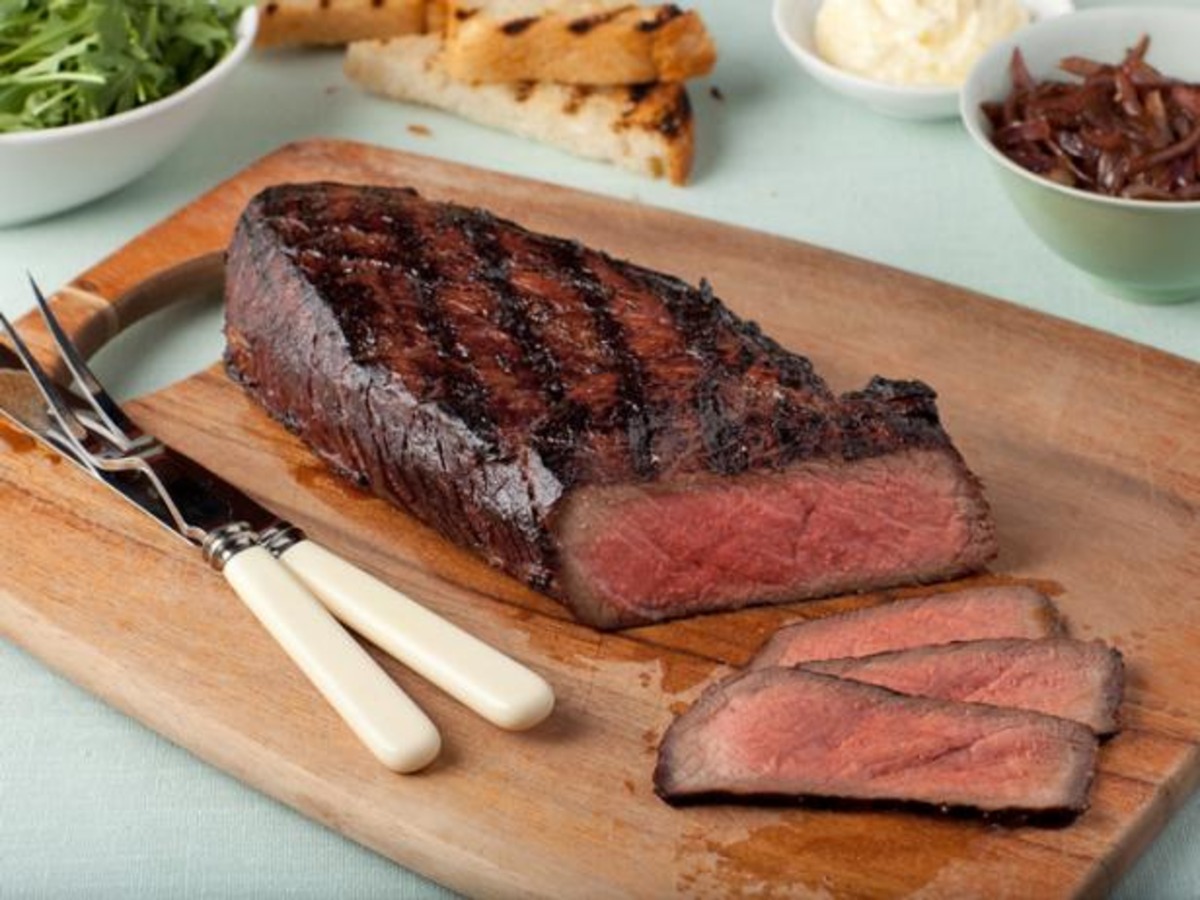
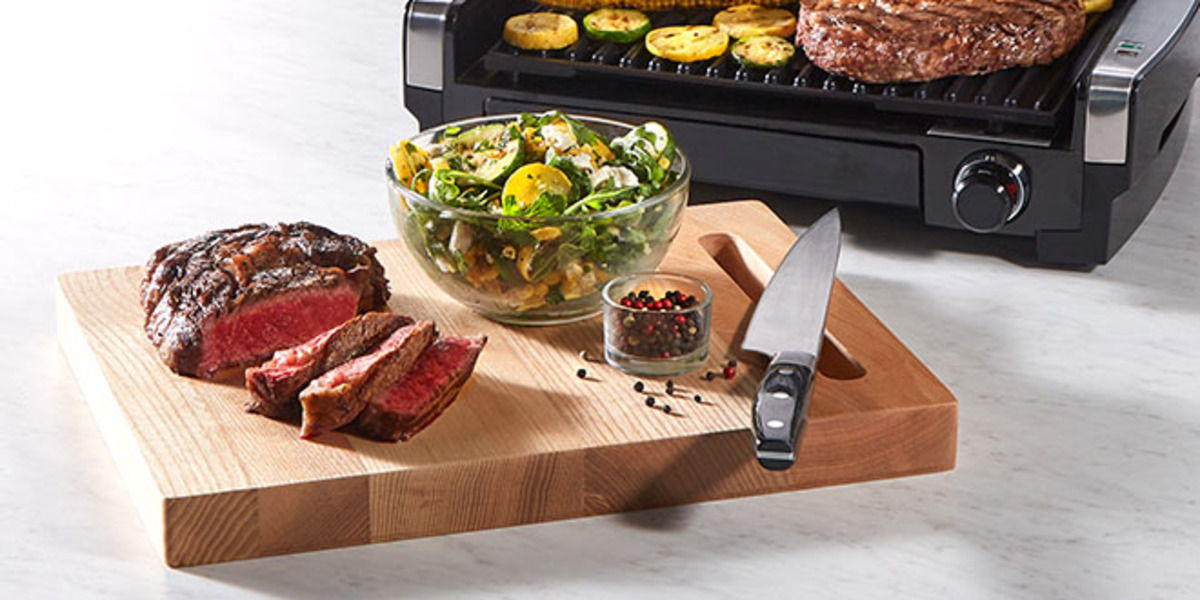
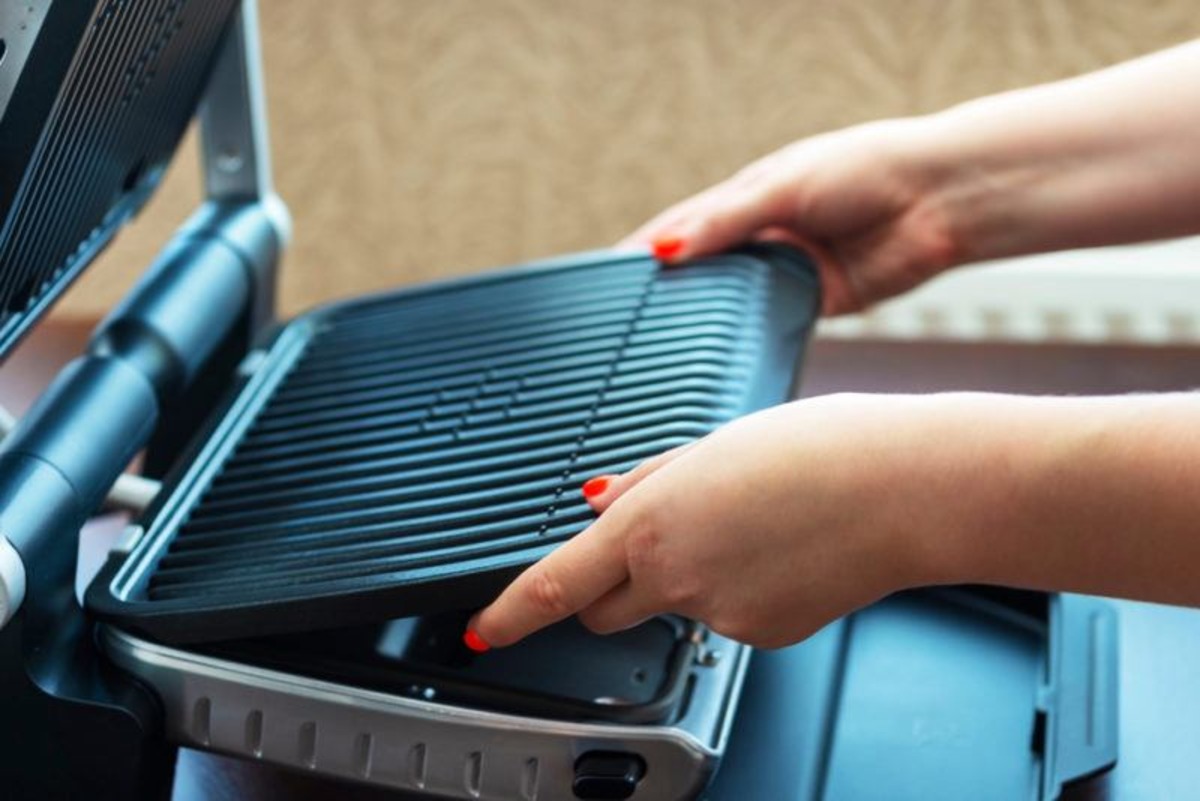
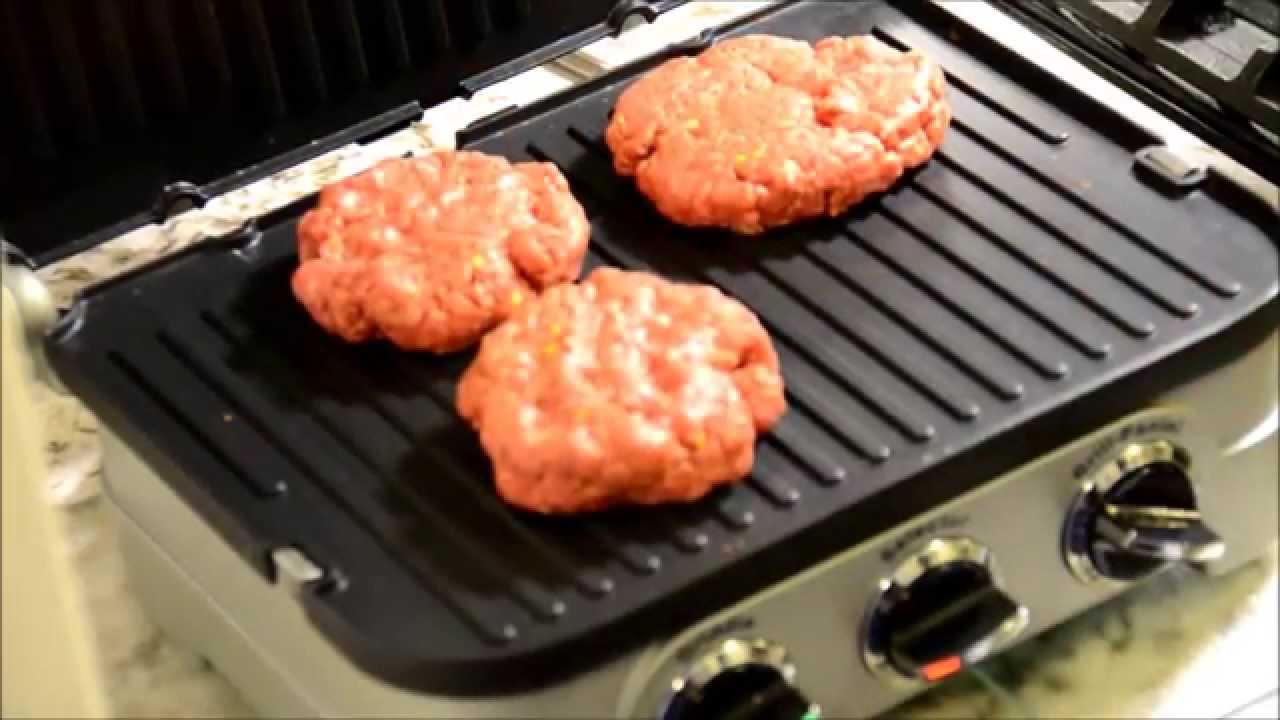
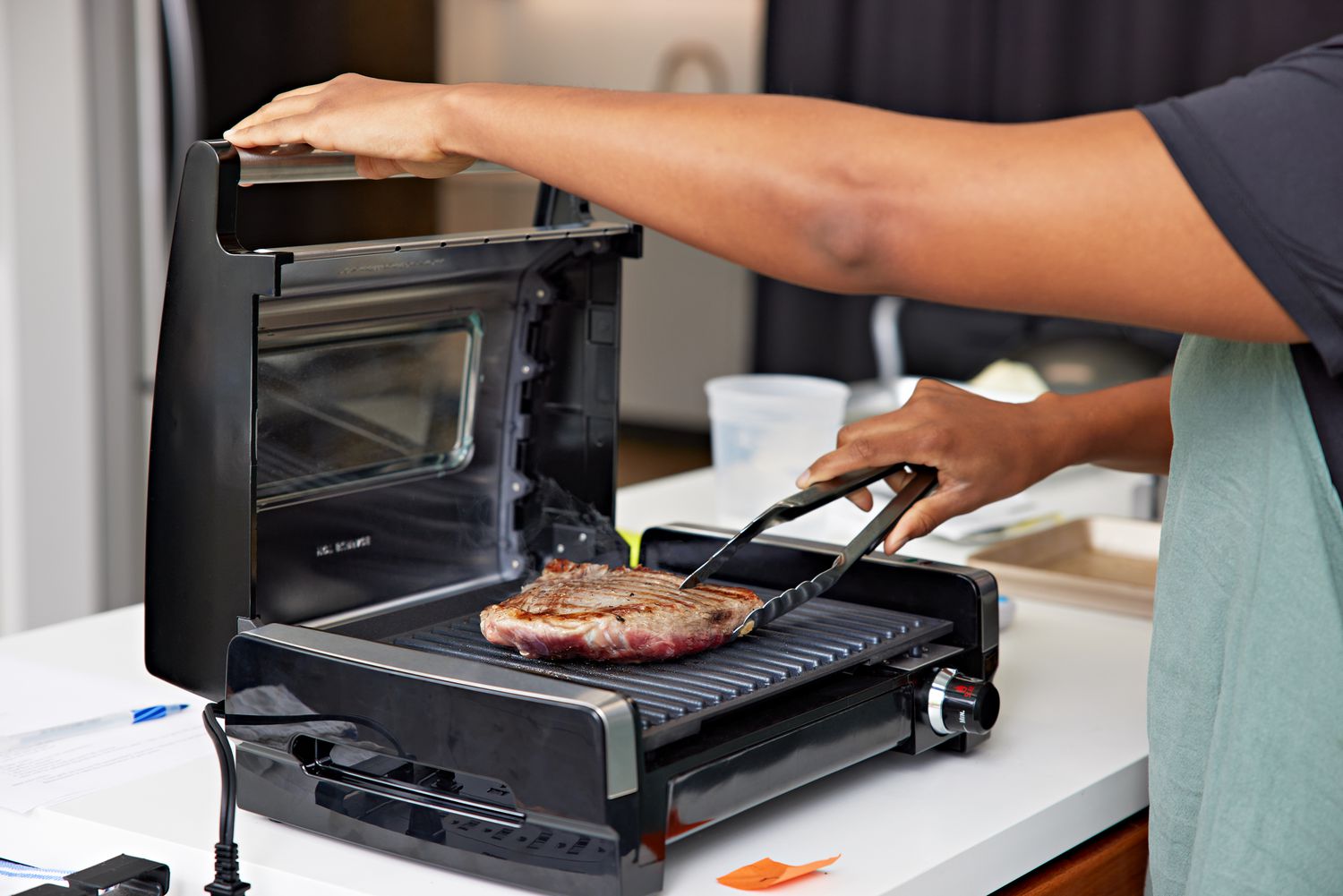
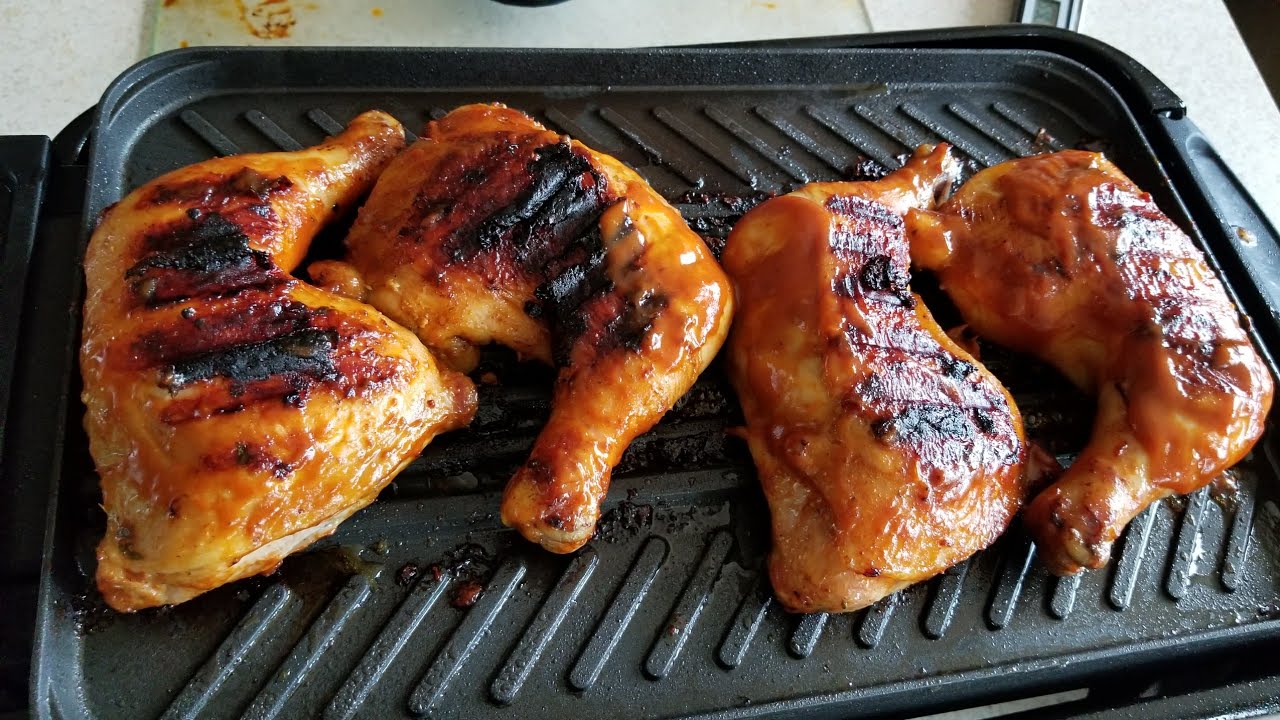

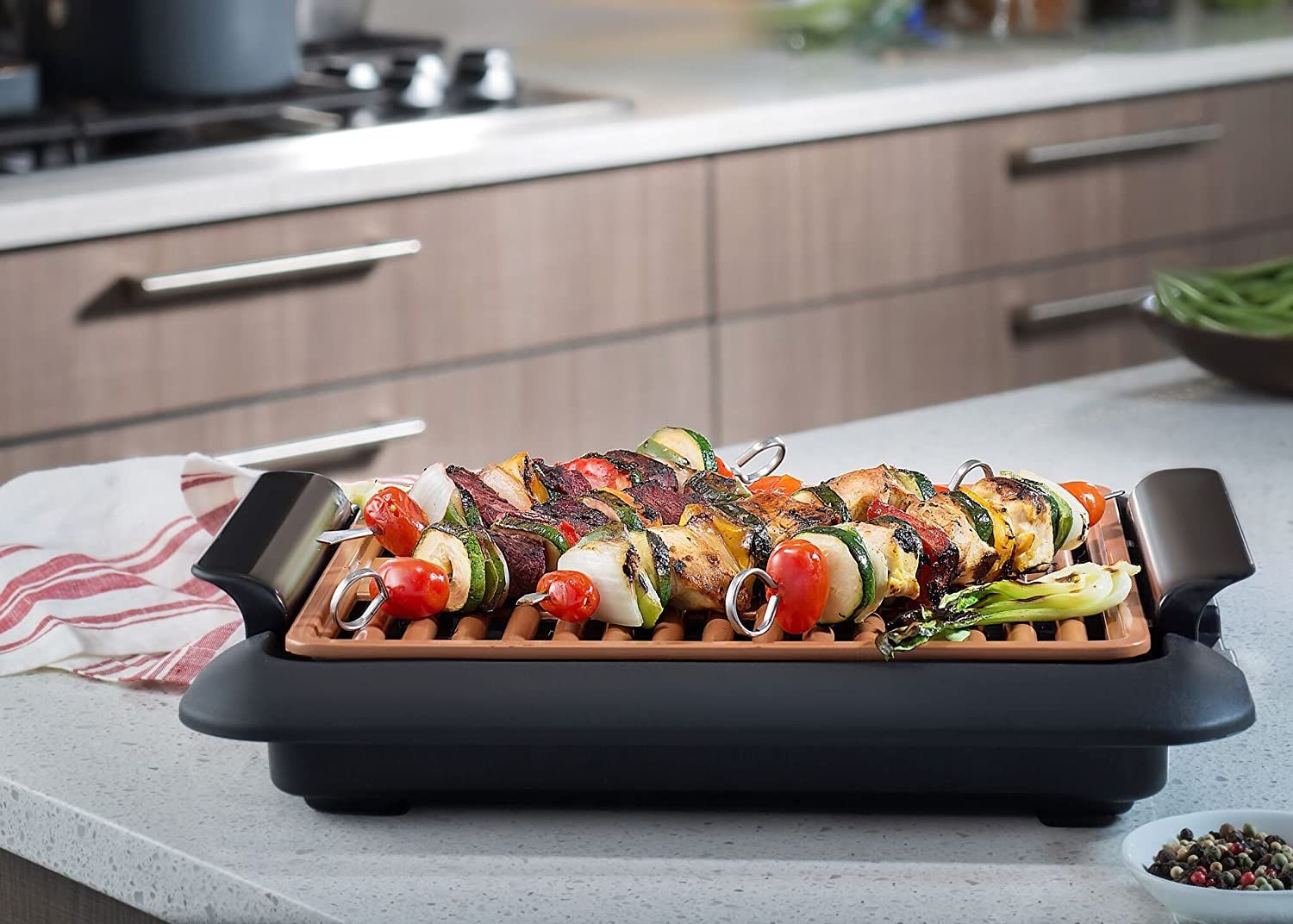

0 thoughts on “How To Use An Indoor Grill”